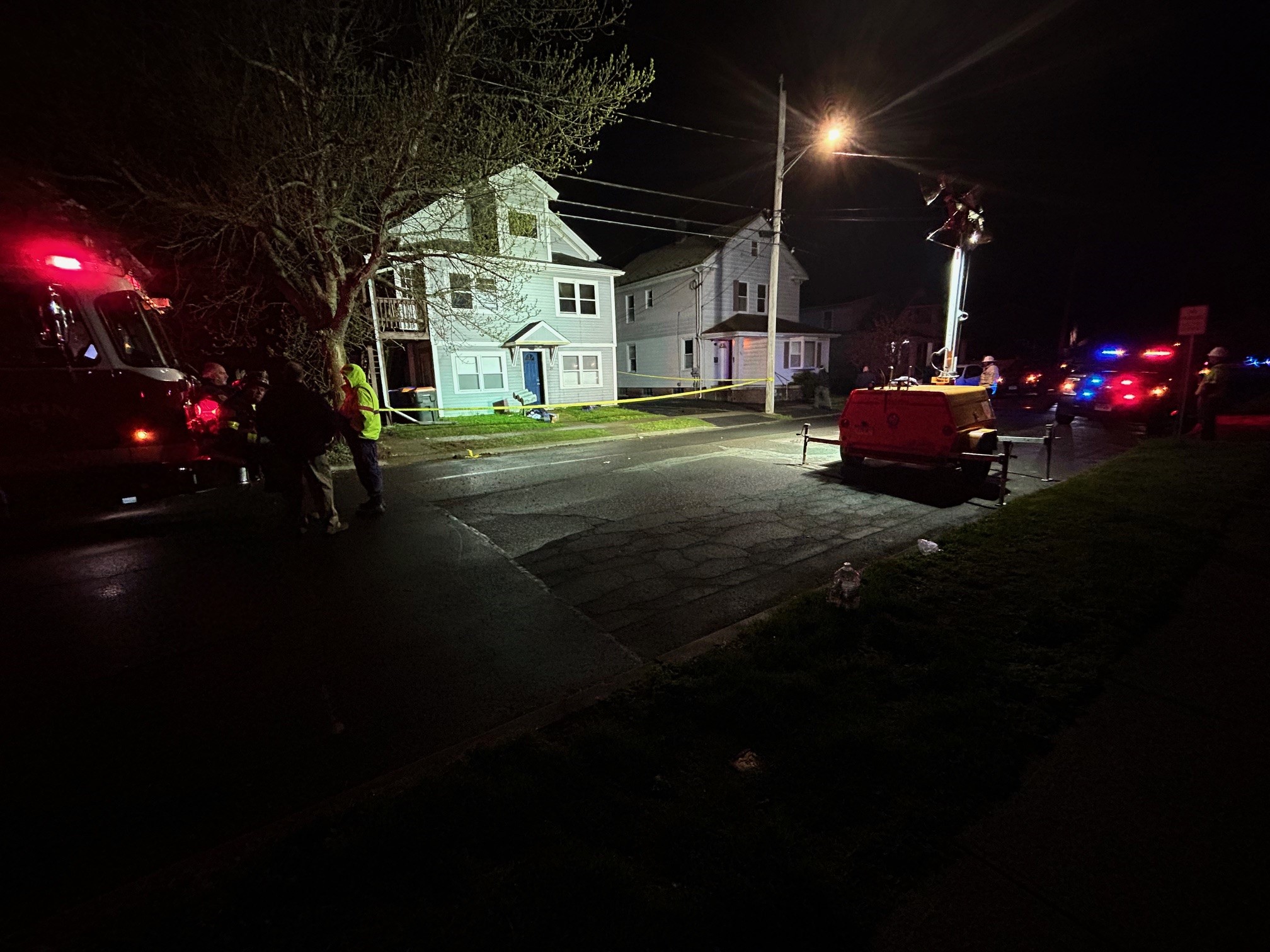The pandemic continues to put a huge strain on child care programs, causing major staffing issues. Now in a new poll, providers are weighing in to give a better idea of just how big the scope the problem is.
Connecticut Early Childhood Alliance polled 127 child care providers on January 24. Across the board, those providers indicated that they cannot fill staff positions, and that means they have long lists of kids waiting to get into classrooms.
With these challenges, well over half the providers responded that there programs are not breaking evening financially.
“We are seeing just the collapsing of our of our ability to keep and recruit and, and retain staff. And it this is a crisis,” Georgia Goldburn, the director of Hope For New Haven, which manages Hope Child Development Center said.
Get Connecticut local news, weather forecasts and entertainment stories to your inbox. Sign up for NBC Connecticut newsletters.
There are plenty of children waiting to enroll in Hope Child Development Center in New Haven, but Goldburn says the facility has not been able to enroll new families since September. She says that is due to staff shortages because of poor wages.
“No one is interested in entering in getting a bachelor's degree, amassing student loan debt, and be consigned to a career pathway that basically allows them to earn maybe $15 an hour after 20 years of working,” she said.
Goldburn says the child care industry is losing educators to public schools, or jobs that give them better pay and benefits. Unlike other fields, child care facilities are not able to pass costs on to their clients.
Local
"We cannot pass that onto our families, because families’ budget are already tight,” Goldburn said. “The average cost of childcare in Connecticut is almost $20,000, we know that of infant toddler care, and we know that's higher than many universities."
At Hope Child Development Center, two classrooms are shuttered and kids remain on the waiting list.
"Every single provider in our network is having the same experience. They have spaces available. They can't have classrooms available, they do not have the staff,” Goldburn said.
That is reflected in the poll conducted by Connecticut Early Childhood Alliance on a weekly Zoom call. Goldburn, like many other providers, answered yes to every single question.
Providers were asked if they have had difficulty hiring staff in the past 6 months and 89 percent said they had. There are also 57 percent that report being understaffed due to a lack of staff. There are wait lists at 69 percent of these providers’ child care facilities.
“The most shocking piece of the poll is two-thirds of programs are telling us that they are operating below breakeven," director of Connecticut Early Childhood Alliance Merrill Gay said.
Of the 115 providers that answered this question, 62 percent said they are currently operating without breaking even.
“They're losing money,” Gay said. “They can't do that for very long because they've always been pretty close to the margin."
In 2020, the federal government provided $50 billion dollars in child care stabilization grants to providers across the country as part of an economic relief package. Gay says while that allowed Connecticut to maintain more licensed programs during the pandemic than other states, it was a short-term fix.
"We've only lost about 1% of the licensed programs where other states have lost 10%. But that money has been used to fill the holes that existed before,” he said.
Both Gay and Goldburn see the answer as overhauling reform and long-term investment in early educators’ wages.
"You're asking people who, you know, don't have health insurance, are getting paid a little bit above minimum wage, to do this really important work. It's just not fair,” Gay said. “They have sacrificed and sacrificed. And we have to stop assuming that they're going to continue to sacrifice."
Gay says this crisis disproportionately impacts women, because the majority of child care workers are women. Moms are also typically the primary caregivers so they are the ones who cannot return to work if they cannot find child care.
Goldburn feels the staffing problems ultimately create a safety issue. She is concerned that as licensed facilities close classrooms, parents may leave their children in unregulated places.
“If we continue to lose high quality programs that the state has invested in, many parents are going to seek the alternatives,” she said. “Our staffing needs are unique, because little tiny babies lives are at stake When we are not available for parents, parents have no other choice, they still have to go to work. And they are going to have to find someplace else to put their children."



